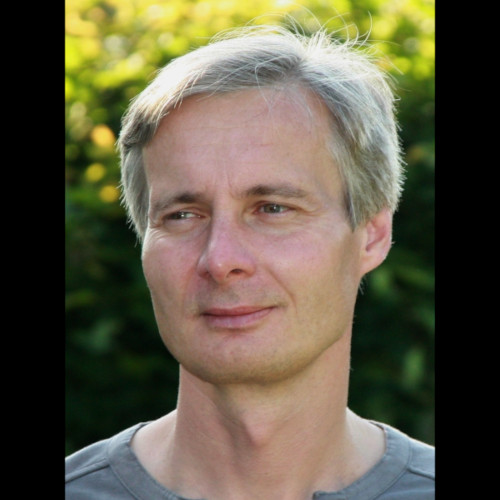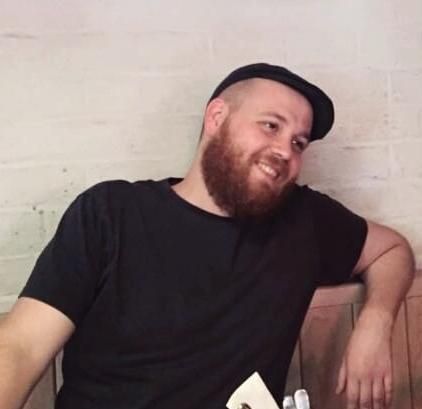Blender3D is a free 3D graphics software that allows users to model, texture, and animate objects, as well as control them using Python code. Phänotyp is an FEA (Finite Element Analysis) tool that can be directly integrated into Blender3D via Python scripts. It utilizes PyNite and other solvers to perform structural calculations. Furthermore, Phänotyp is deeply embedded in Blender’s parametric and script-based environment, enabling it to influence and interact with it. This opens up entirely new possibilities for incorporating structural analysis into the form-finding process or even allowing the process to be driven by it.
In addition to cross-section optimization, form optimization can be achieved through gradient descent and genetic algorithms, going beyond conventional structural analysis tools.
In the workshop, we will introduce Blender and Phänotyp while teaching the fundamentals of structural optimization. Together, we will analyze and further develop a bridge using parametric tools and Python scripts.
A standard laptop with Blender3D installed is required. The installation of the add-on will take place during the course. No prior knowledge is necessary.
Speakers

Karl Deix
Karl Deix works at the Institute of Materials Technology, Building Physics and Building Ecology at the Vienna University of Technology and is involved in the application of machine learning algorithms in building materials science on the one hand and the structural development of architectural projects together with students on the other.

Christoph Müller
Bewegende Architektur e.U. is at the intersection of art and technology, between science and craftsmanship. The idea centers around robots that transform everyday functions into a dance. Beside running my company i am teaching digital methods at the University of Art and Design Linz and the Technical University of Vienna. As a self-taught coder and programmer, I have been working with Linux and other open-source projects for over two decades. In addition to Python, I work with C++ and JavaScript, as well as node-based systems like Geometry Nodes.
